- DroidAfrica
- Doogee
- Doogee S86
Doogee S86
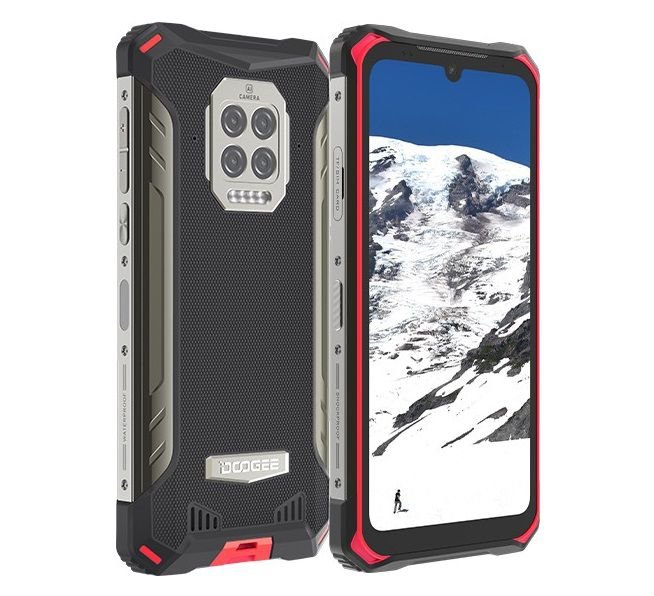
Doogee S86 Highlights and Overview
Doogee S86 is mid-range rugged smartphone for the extreme outdoor folks with modern design and powered by 8-core CPU. It is both water and dust proof with IP68/IP69K and MIL-STD-810G certification, and come in a 6.1-inch HD+ display, with 720 1560 pixels resolution.
Specification wise, the Doogee S86 is powered by MediaTek’s Helio P60 Chipset, a 4×2.0GHz ARM Cortex-A73, and 4×2.0 GHz ARM Cortex-A53 CPUs, along with Mali-G72 MP3, 6GB of RAM and 128GB internal storage, expandable up to 512GB via SD-card.
On the camera department, there is a four snappers at the back, a combination of 16MP main sensor, a 8MP wide lens, 2MP macro lens and a 2MP depth sensor, along with a quad LED flash, while a single 8-megapixel snapper is used in the notch upfront.
The device comes with a side-mounted Fingerprint sensor, has a large 8500mAh battery 24W fast charging over USB Type-C interface. It support dual Nano-SIM with LTE networks and run Google Android 10 out of the box. The full specs of Doogee S86 smartphone are detailed in the table below.
Doogee S86 Full Specifications and Features
NETWORK
| Technology | GSM / HSPA / LTE |
| 2G Network Bands | GSM B2 /B3 /B5 /B8 |
| 3G Network Bands | HSDPA B1 /2 /4 /5 /8 |
| 4G Network Bands | LTE band 1/2/3/4/5/7/8/12/13/17/18/19/20/25/26/28A/28B/66/ B38/40 |
| Speed | HSPA 42.2/5.76 Mbps, LTE-A (4CA) Cat16 1024/150 Mbps |
LAUNCH
| Also Known As |
- - |
BODY
| Dimensions | --- |
| Weight | --- |
| SIM Type | Hybrid Dual SIM (Nano-SIM, dual stand-by) |
DISPLAY
| Display Type | IPS LCD capacitive touchscreen, 16M colors |
| Size | 6.1 inches, 97.4 cm2 (~76.7% screen-to-body ratio) |
| Resolution | 720 x 1560 pixels, 19.5:9 ratio (~291 ppi density) |
PLATFORM
| Operating System | Android 10 |
| Chipset | Mediatek MT6771 Helio P60 (12 nm) |
| CPU | Octa-core (4x2.0 GHz Cortex-A73 & 4x2.0 GHz Cortex-A53) |
| GPU | Mali-G72 MP3 |
MEMORY
| RAM + ROM | 6 GB |
| Card Slot | Yes, up to 256GB via microSD card (uses SIM 2 slot) |
MAIN CAMERA
| Camera Type | Quadruple Lenses |
| Camera Sensor(s) | 16 MP + 8 MP + 2 MP + 2 MP Main cameras |
| Camera Features |
Autofocus Phase detection |
| Video Resolution | 1080p@30fps, 720p@30fps |
SELFIE CAMERA
| Camera Type | Single Lens |
| Camera Sensor(s) | 8-megapixel Selfies |
| Camera Features |
Scene recognition, AI FaceID |
| Video Resolution | 1080p@30fps |
SOUND
| Loudspeaker | Yes |
| Speaker Location | Chin, below display |
| Audio Jack Type | Yes, 3.5mm audio jack |
CONNECTIVITY
| Bluetooth | Bluetooth 4.2 |
| NFC | |
| GPS | Yes |
| FM Radio | No |
BATTERY
| Battery Capacity | Non-removable Li-Ion 8500mAh battery |
OTHER FEATURES
| Sensors | Fingerprint (side-mounted), accelerometer, proximity, compass |
| Box Contents | Charging Brick / USB cable |
Doogee S86 User Reviews and Opinions
Disclaimer Note
This specification was entered manually, hence we CANNOT guarantee 100% accuracy. Any error? Let us know in the comment section.







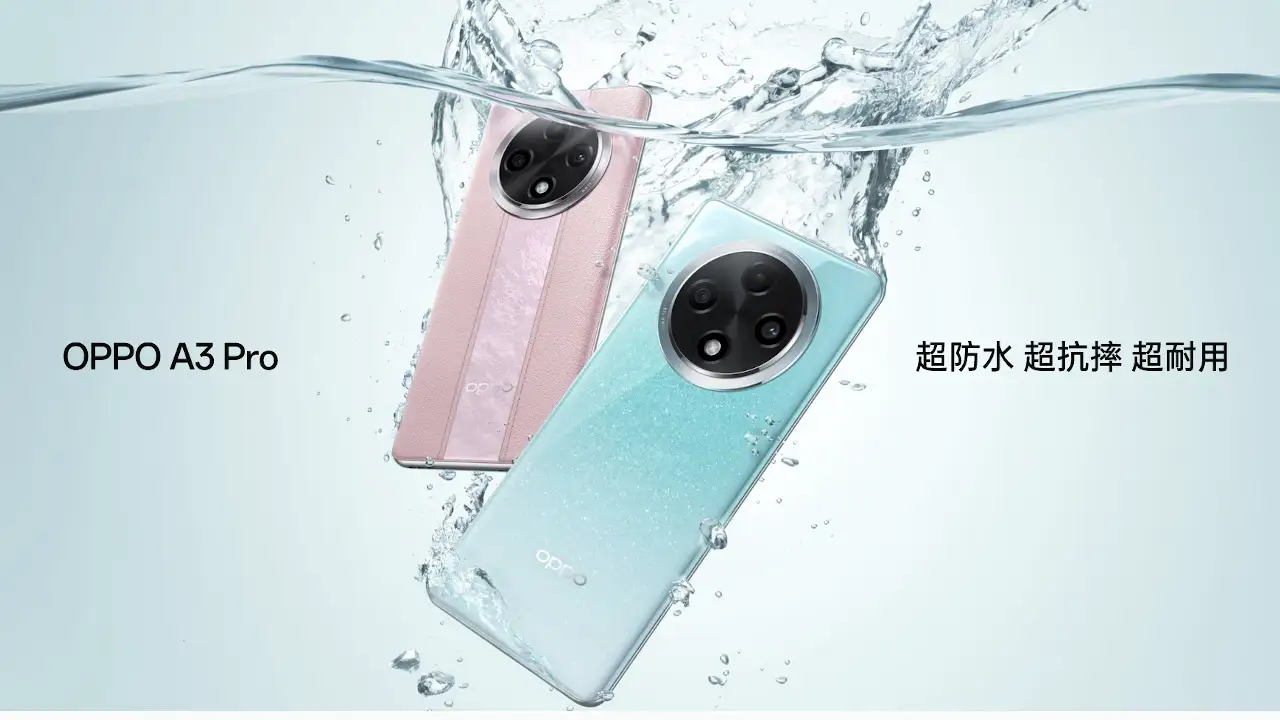

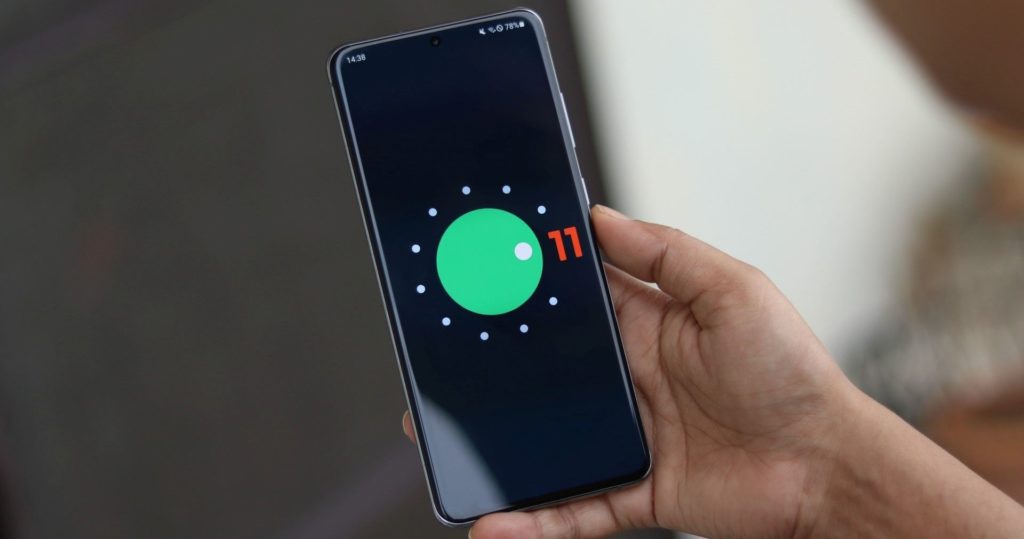
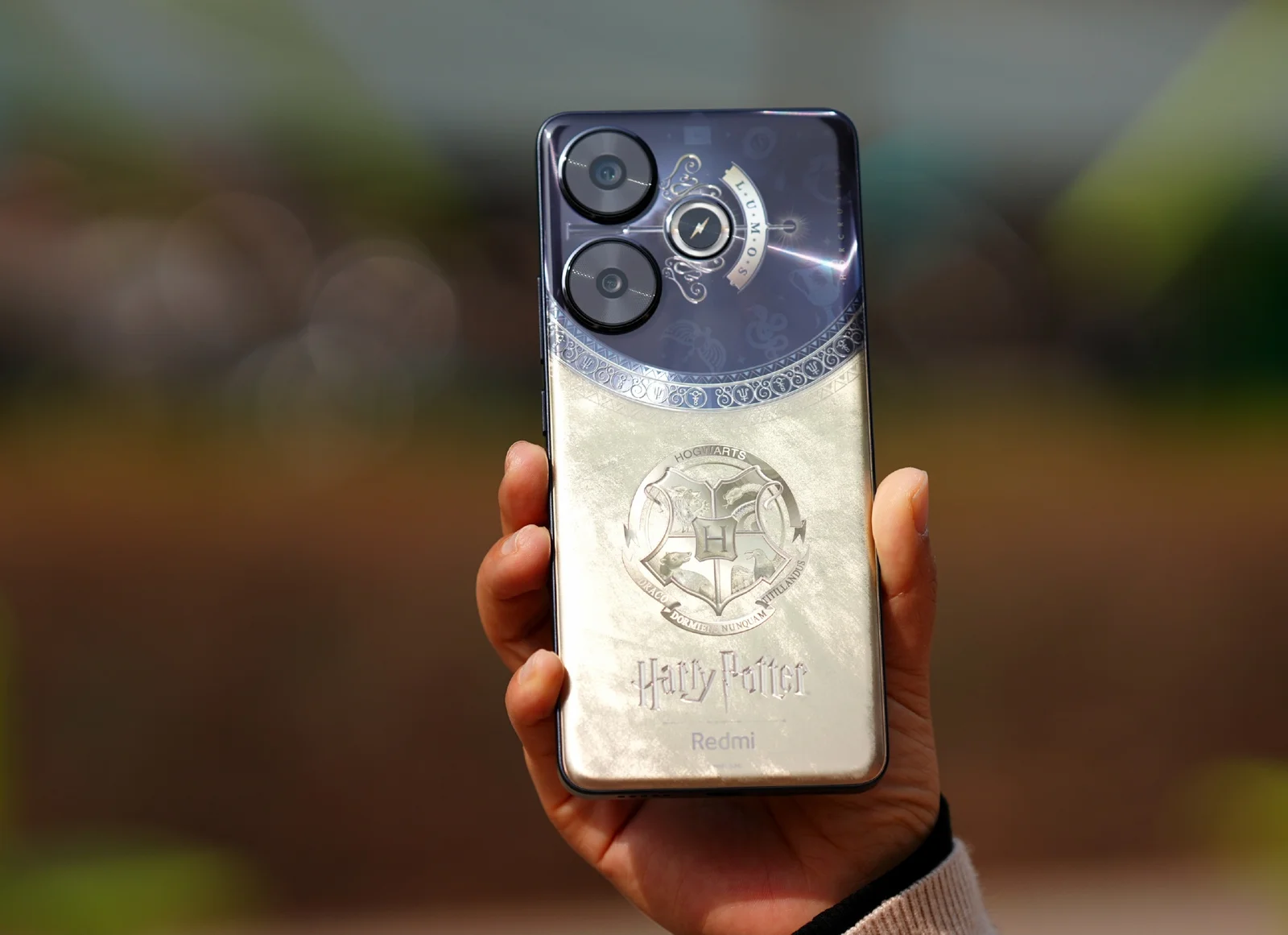
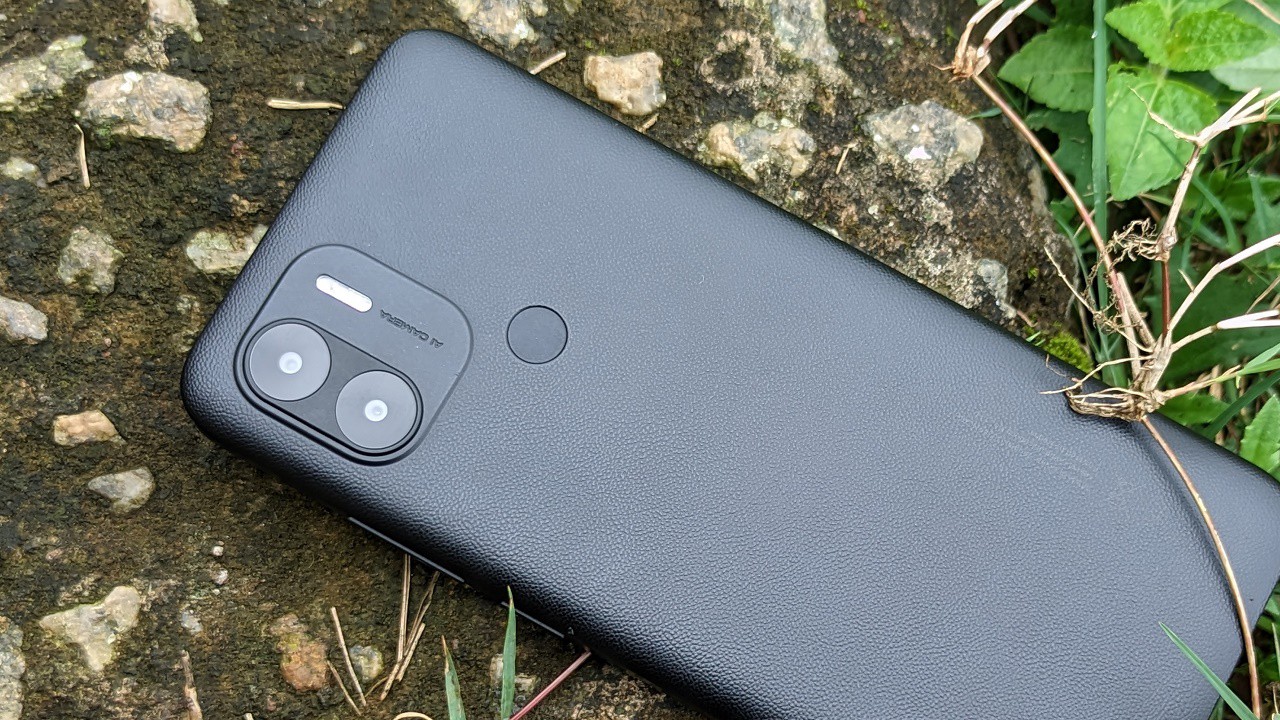
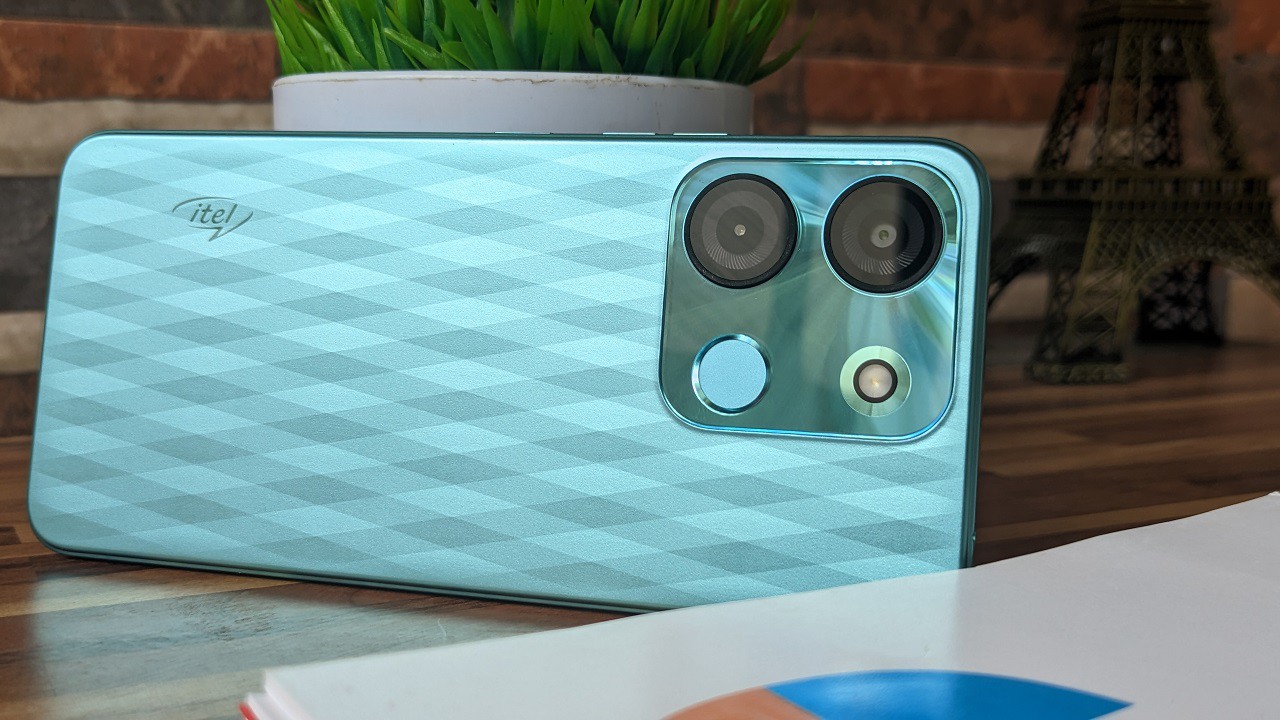
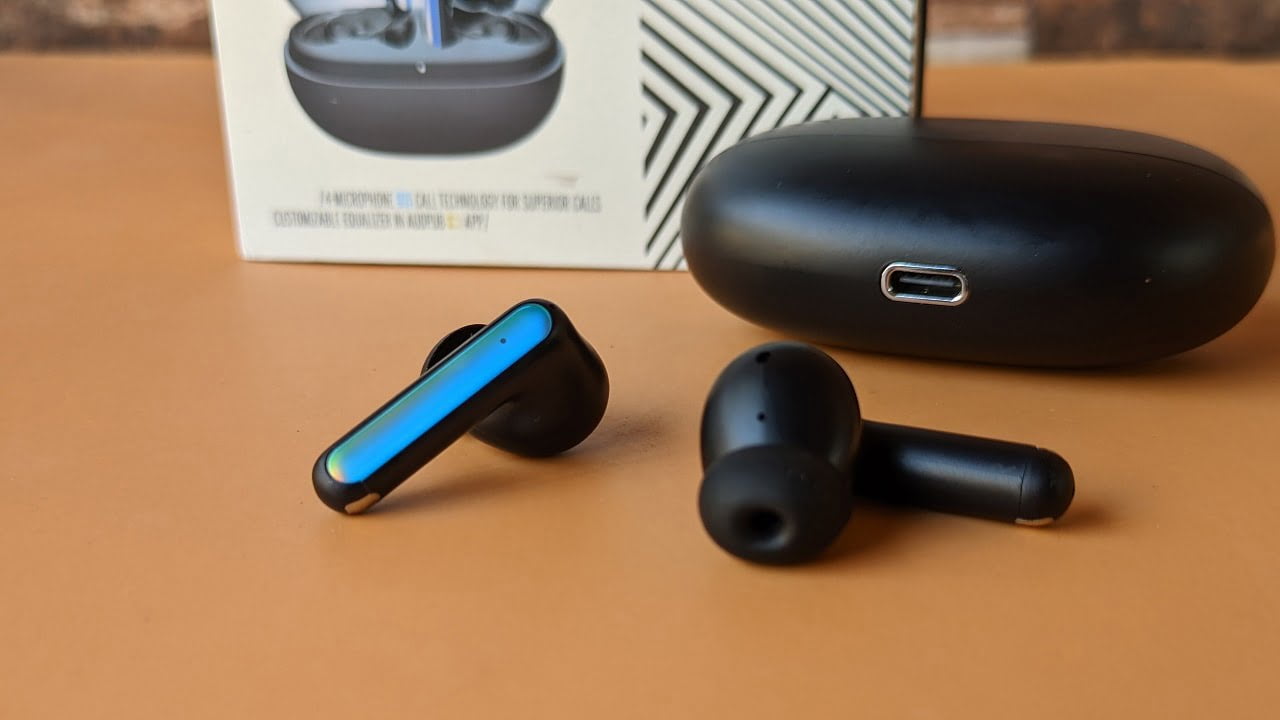
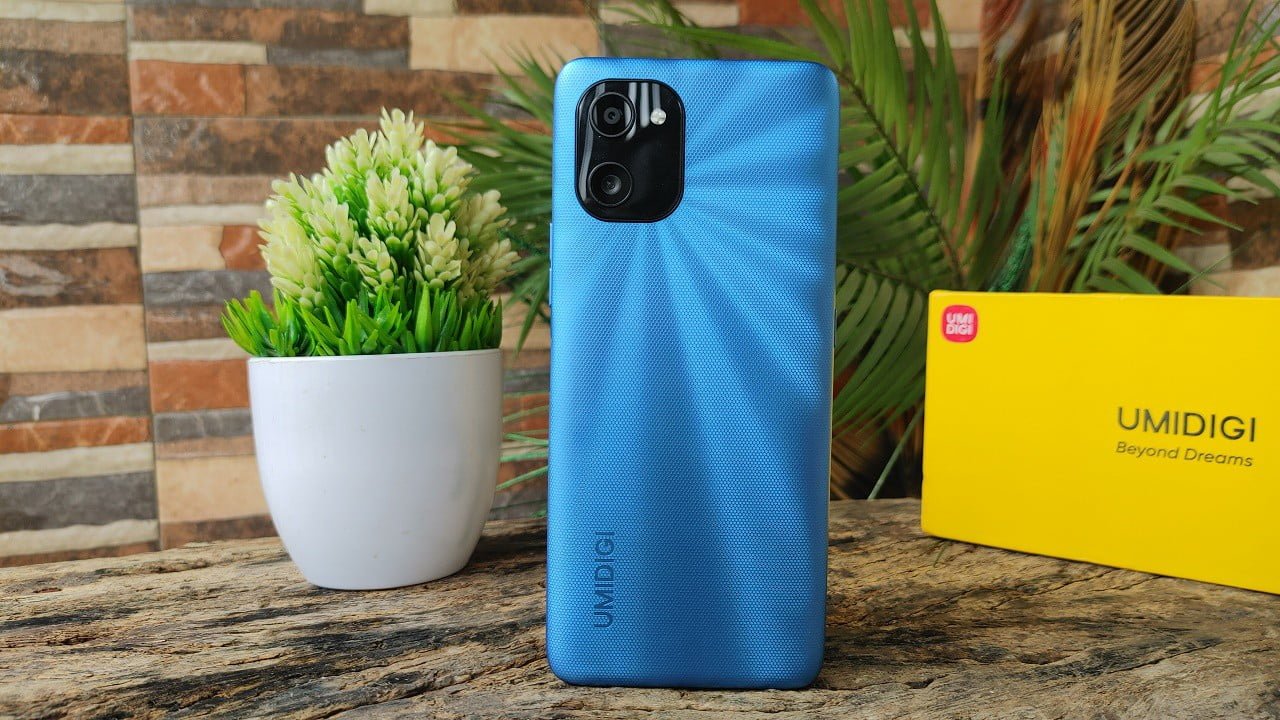
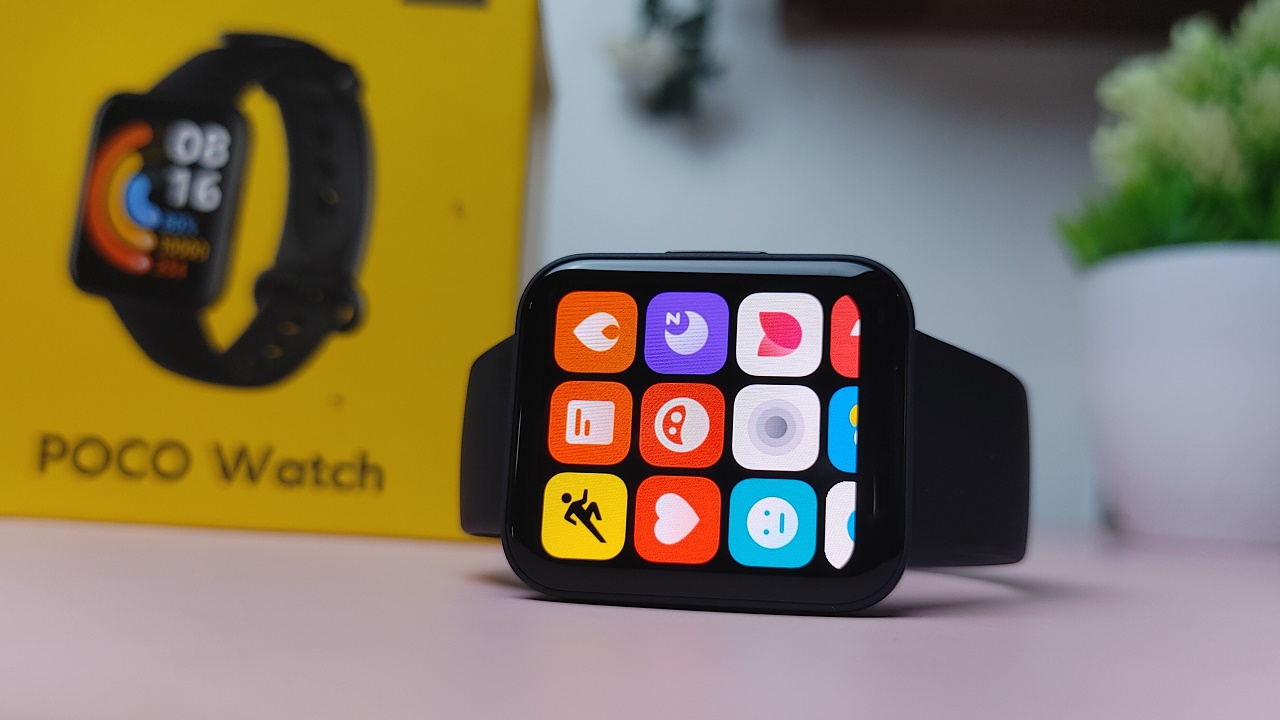
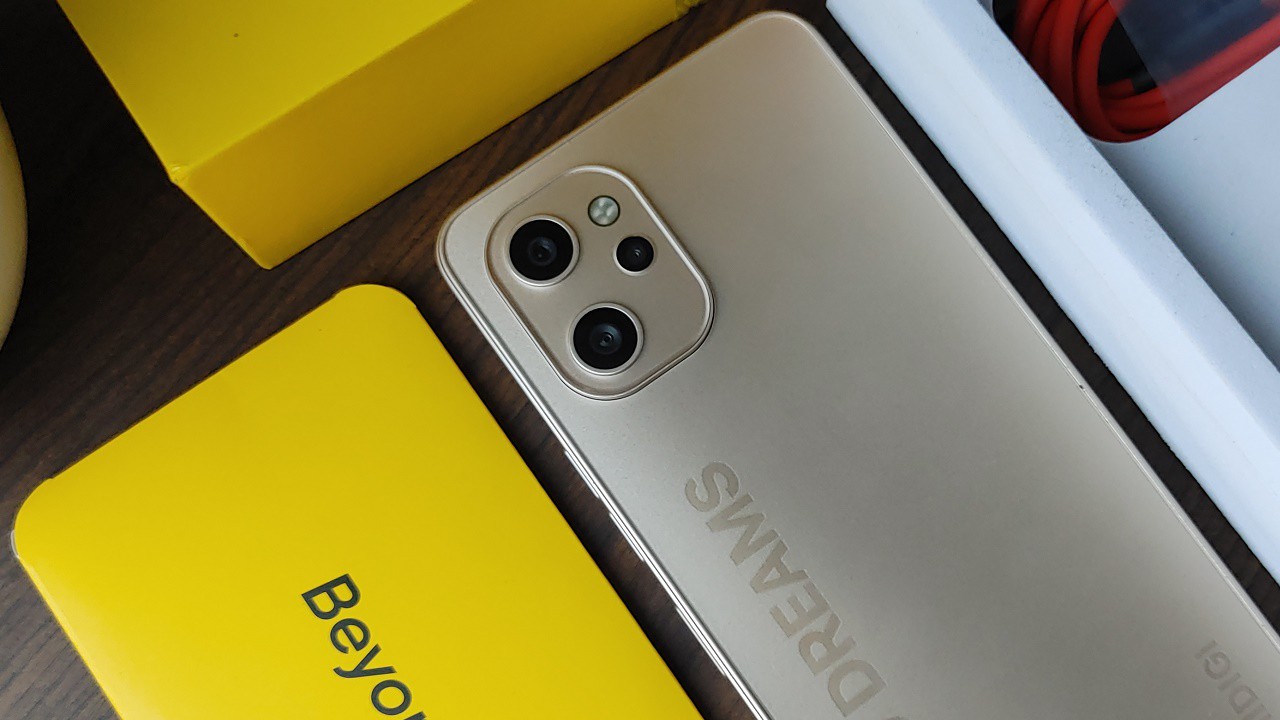
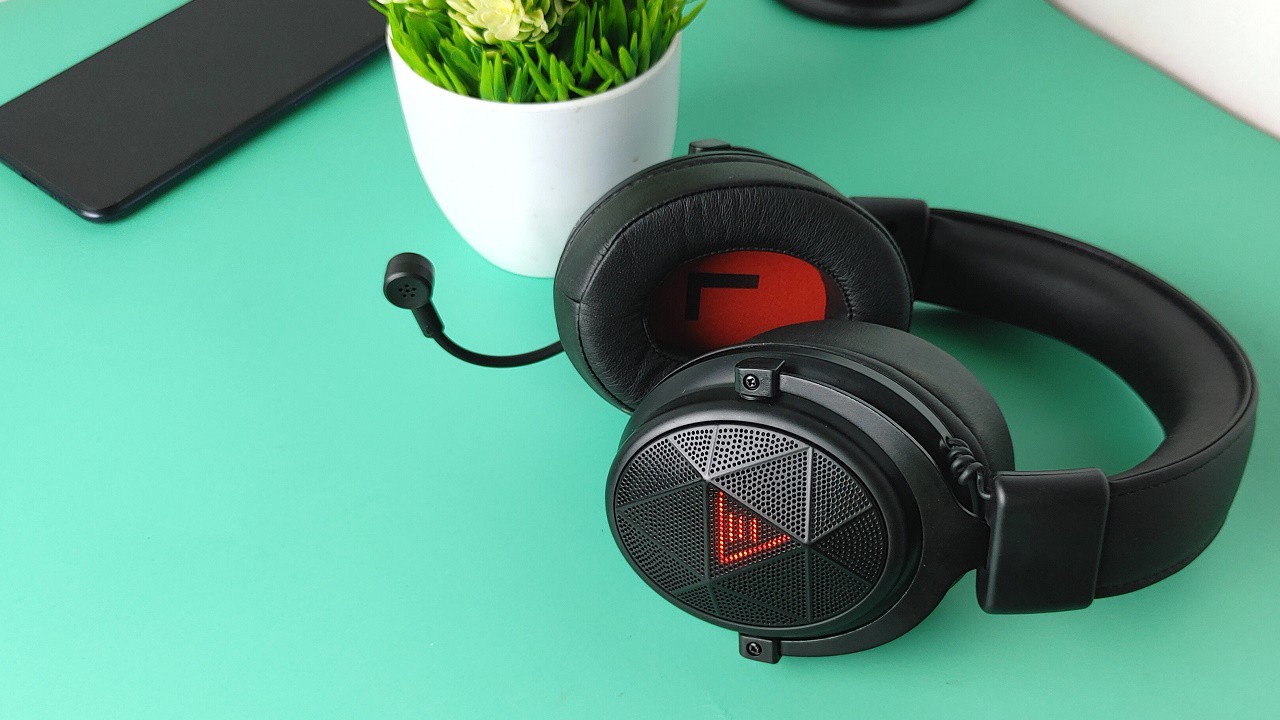
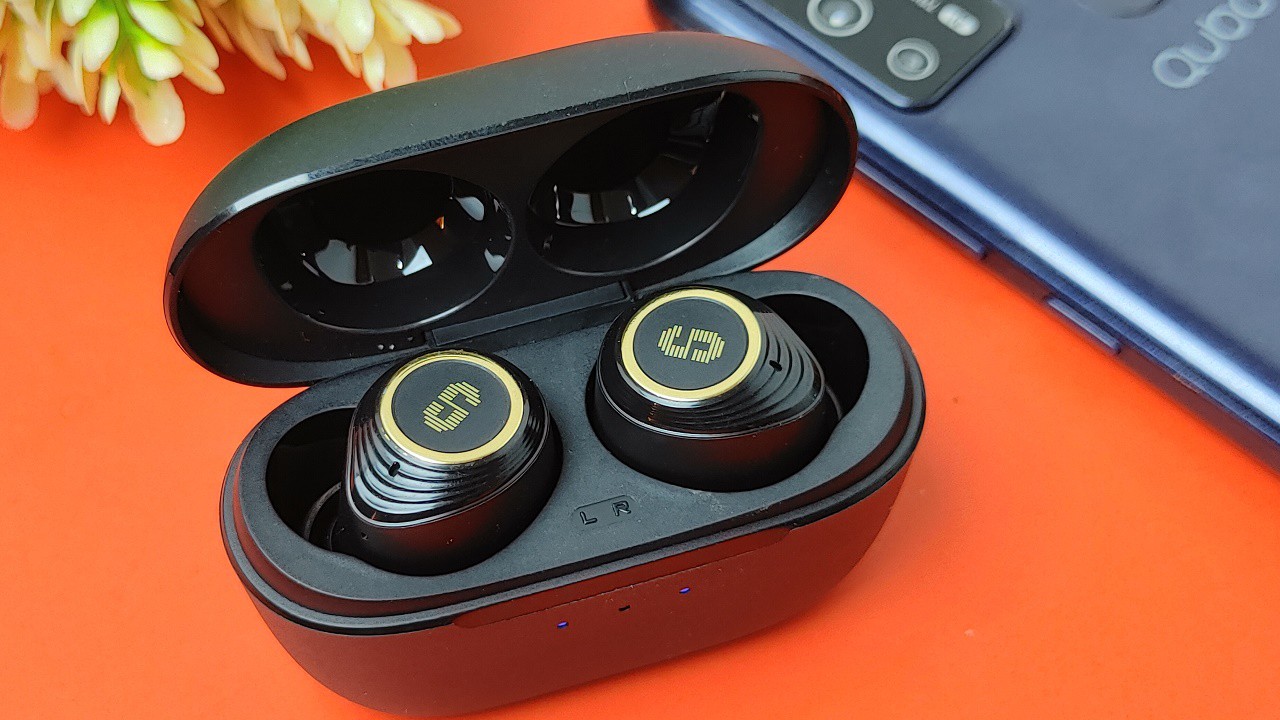
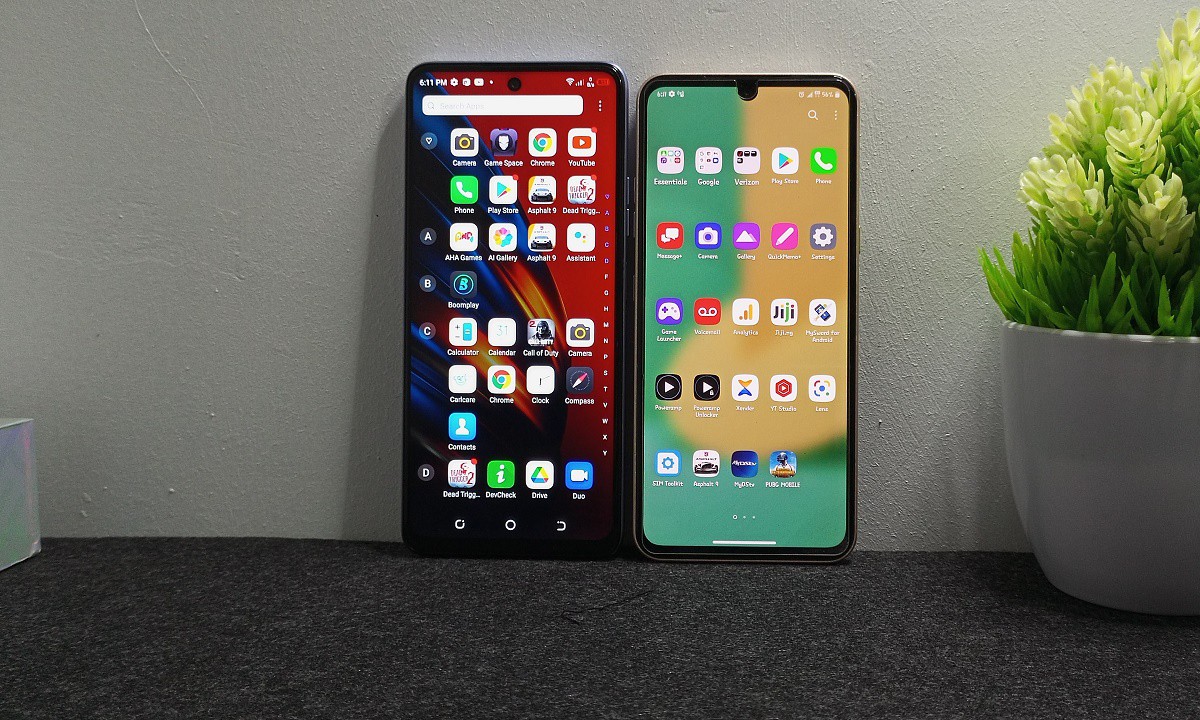

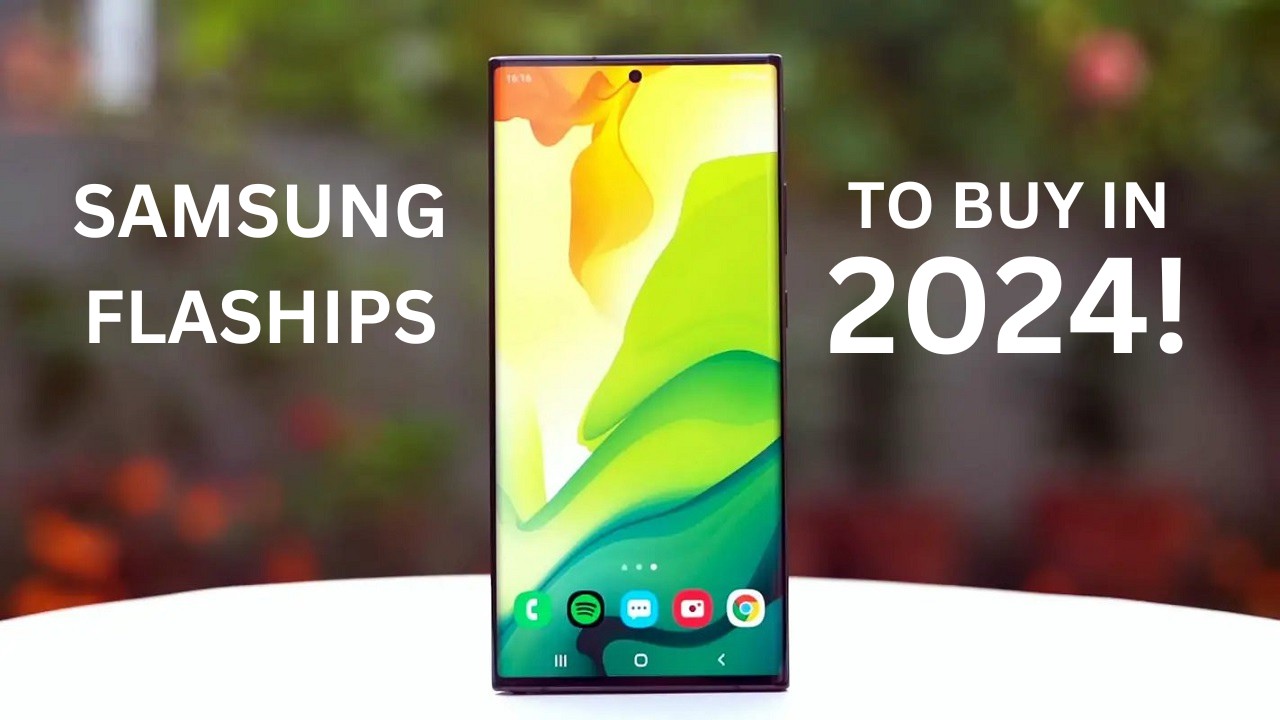
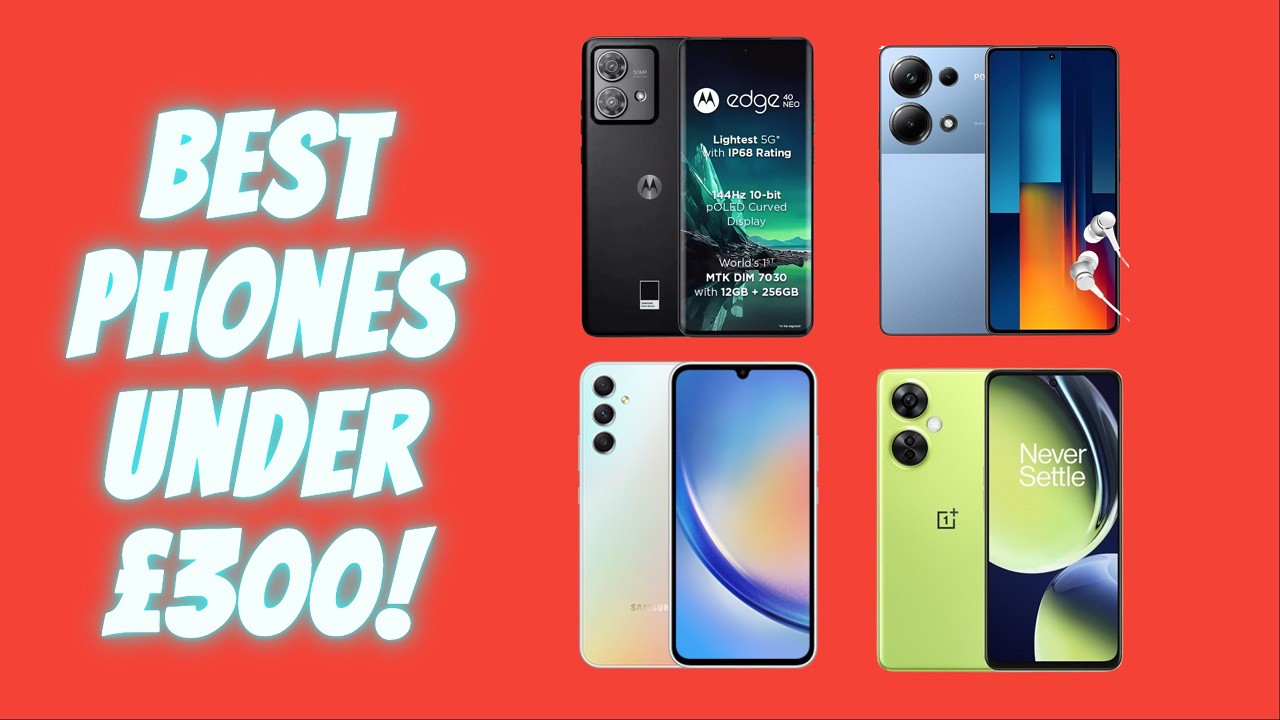

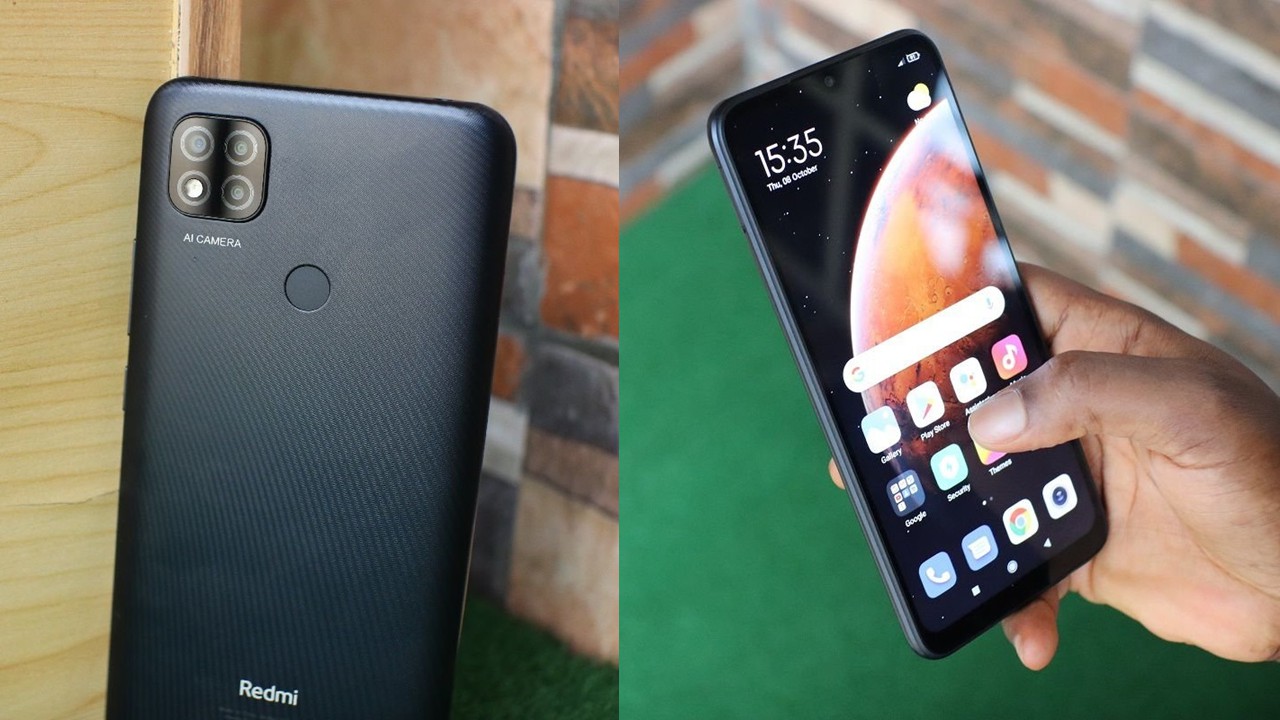
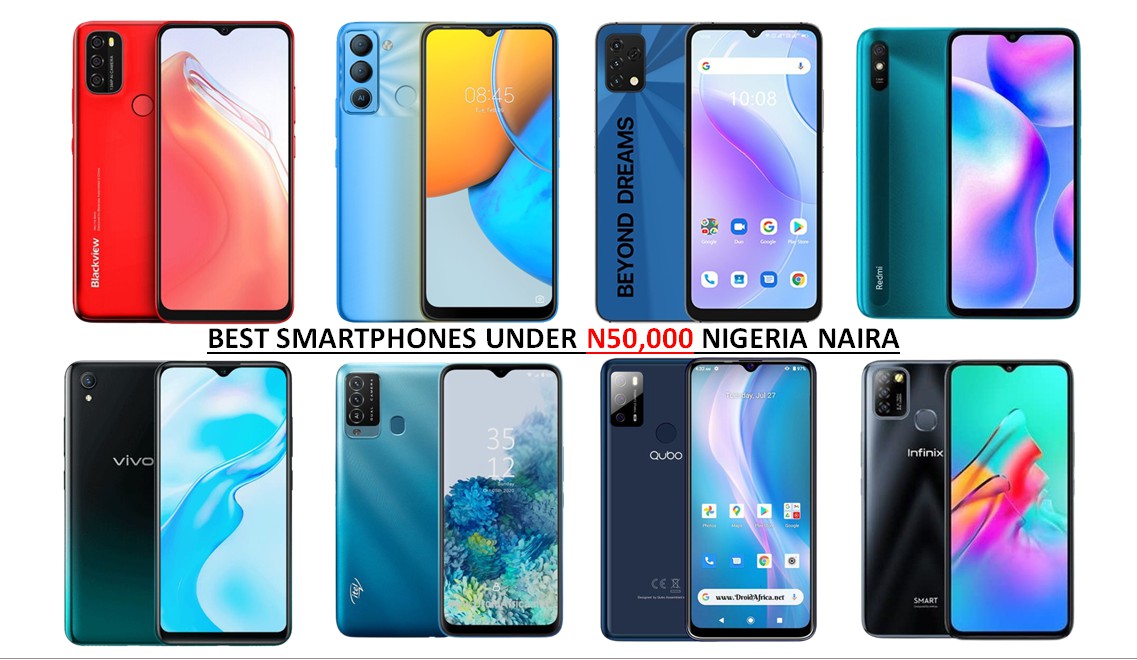
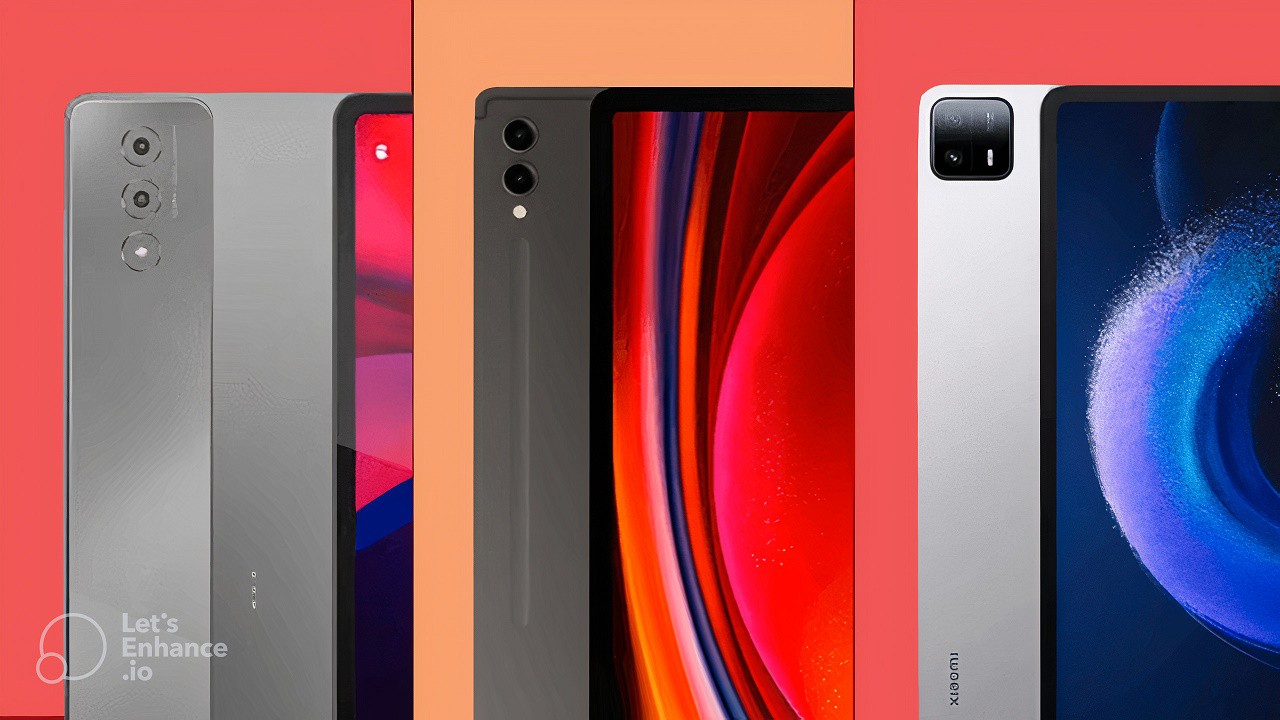
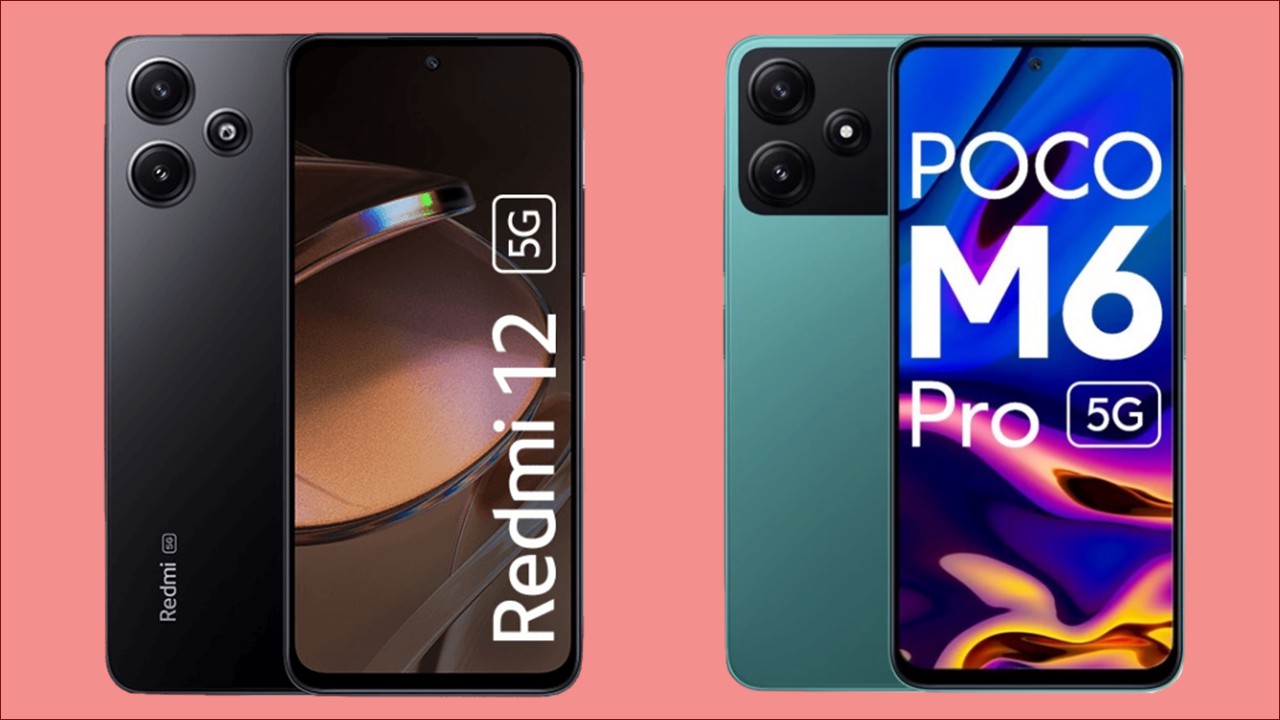
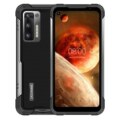
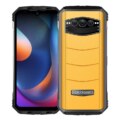
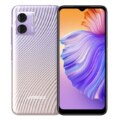
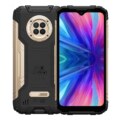
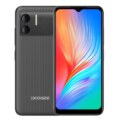
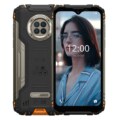
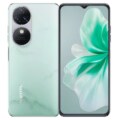
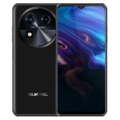
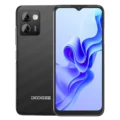

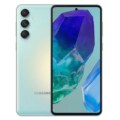
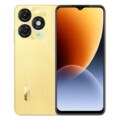

Leave a Reply